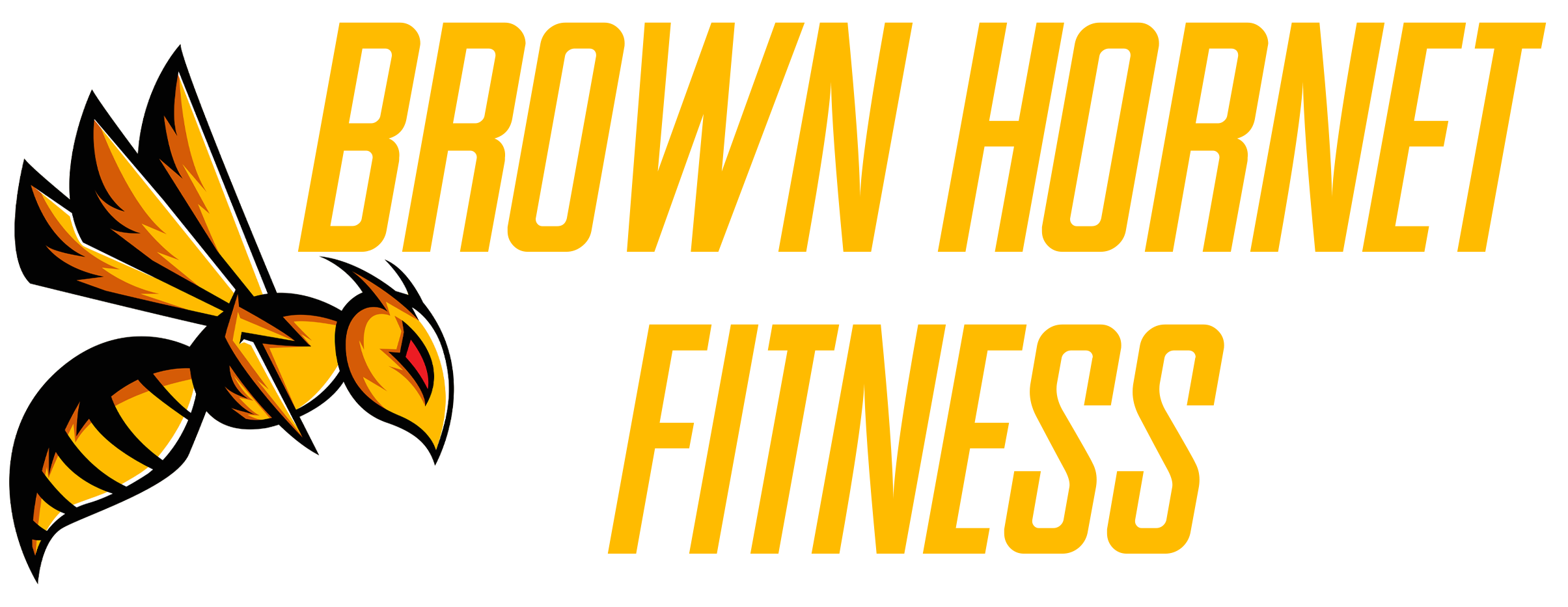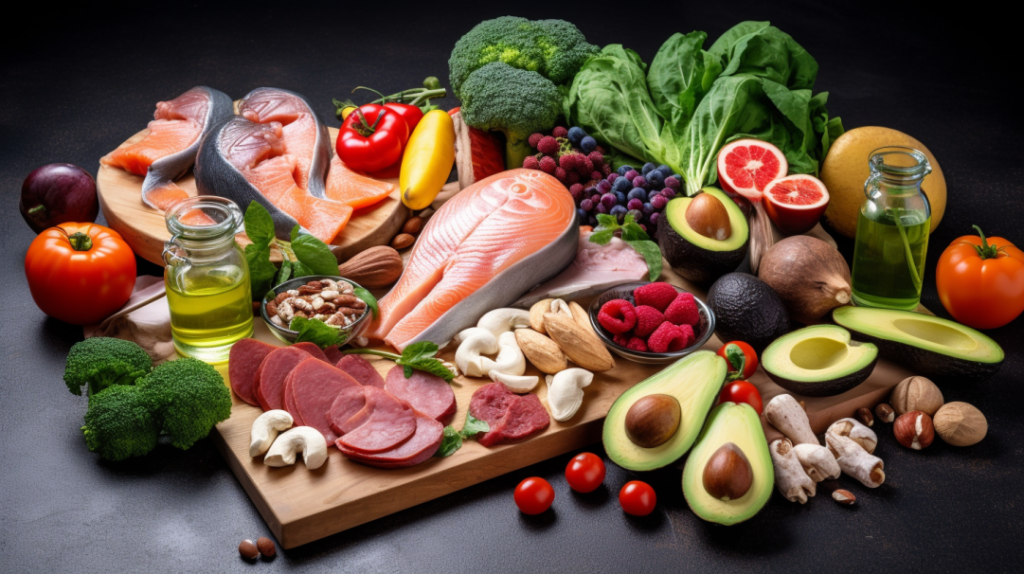The Paleo Diet, also known as the Paleolithic or Caveman Diet, is a dietary trend that aims to emulate the eating habits of our prehistoric ancestors. The theory behind the diet is that our modern diet, which is high in processed foods, sugar, and grains, is responsible for the rise in chronic diseases such as obesity, diabetes, and heart disease. By eating like our ancestors, proponents of the Paleo Diet believe that we can achieve better health and reduce our risk of disease.
What is the Paleo Diet?
The Paleo Diet is based on the idea that our Paleolithic ancestors ate a diet that was rich in meat, fish, fruits, vegetables, nuts, and seeds. They did not consume processed foods, grains, or dairy products. The diet consists of foods that can be hunted, fished, or gathered, such as grass-fed beef, wild-caught fish, vegetables, fruits, and nuts. The diet also eliminates all grains, legumes, dairy products, and refined sugar.
Pros and Cons of the Paleo Diet
The Paleo Diet has been praised for its ability to promote weight loss, improve blood sugar control, and reduce inflammation. It is also a good source of protein, healthy fats, and fiber. However, some experts argue that the diet is too restrictive and may lead to nutrient deficiencies. Critics also argue that the diet is not sustainable in the long term and may lead to an increased risk of heart disease due to its high consumption of saturated fat.
Scientific Evidence Supporting the Paleo Diet
Several studies have shown that the Paleo Diet can be effective in promoting weight loss and improving health markers. A study published in the American Journal of Clinical Nutrition found that the Paleo Diet was more effective in promoting weight loss and reducing waist circumference than a low-fat, high-carbohydrate diet. Other studies have found that the diet can improve blood sugar control, reduce inflammation, and improve cardiovascular health.
Tips for Transitioning to a Paleo Lifestyle
Transitioning to a Paleo lifestyle can be challenging, especially if you are used to consuming a lot of processed foods and grains. Here are some tips to help you make the switch:
- Start by eliminating processed foods and sugar from your diet
- Gradually eliminate grains and legumes from your diet
- Increase your intake of vegetables, fruits, and nuts
- Incorporate high-quality protein sources such as grass-fed beef, wild-caught fish, and free-range poultry into your diet
- Experiment with new recipes and cooking techniques to keep things interesting
Debunking Common Myths About the Paleo Diet
There are several myths surrounding the Paleo Diet that have been debunked by experts. One of the most common myths is that the diet is too high in protein and can lead to kidney damage. However, research has shown that high-protein diets do not have a negative impact on kidney function in healthy individuals. Another myth is that the diet is low in calcium due to the elimination of dairy products. However, there are several non-dairy sources of calcium, such as leafy green vegetables and nuts.
Conclusion
The Paleo Diet is a dietary trend that aims to emulate the eating habits of our prehistoric ancestors. The diet consists of foods that can be hunted, fished, or gathered, and eliminates all grains, legumes, dairy products, and refined sugar. While the diet has been praised for its ability to promote weight loss and improve health markers, critics argue that it is too restrictive and may lead to nutrient deficiencies. However, with the right planning and preparation, it is possible to successfully transition to a Paleo lifestyle and enjoy the health benefits that come with it.

